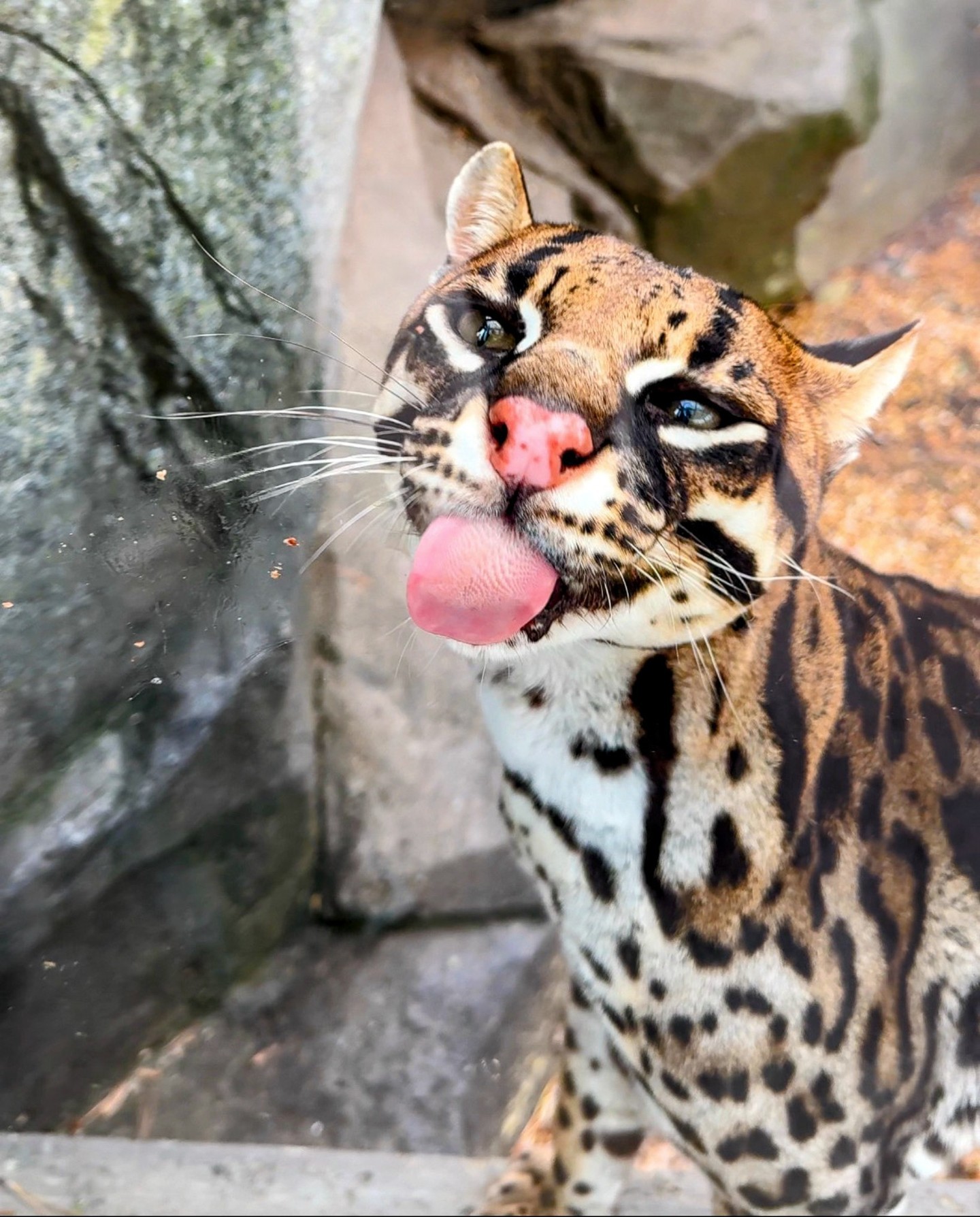- The natural diet and feeding habits of ocelots in the wild, focusing on Inca, the ocelot.
- Zoo management practices for maintaining the health and welfare of captive ocelots through nutrition.
- The role of educational programs featuring ocelots like Inca in wildlife conservation efforts.
- Insights into ocelot behavior and physiology that influence their feeding patterns.
Ocelots are medium-sized wildcats native to the Americas, known for their striking coated patterns and solitary, nocturnal lifestyle. At the heart of exploring these creatures is an understanding of their dietary needs, a critical aspect of their survival in the wild and managed care. The dietary behaviors of the Inca, the ocelot, an example of this species under human care, give us a window into the species’ intricate relationship with their environment.
In the wild, ocelots are solitary hunters, primarily feeding on a diverse diet that includes rodents, small mammals, birds, reptiles, and even fish. They are well-equipped with keen senses and a physique suited for stealth, which enables them to be adept predators. While each hunt is unique, ocelots typically rely on surprise and quick bursts of speed, capturing prey with their sharp claws and teeth.
At zoos and wildlife sanctuaries, providing a diet that emulates what ocelots eat in their natural habitat is vital for their health and well-being. Nutritional plans for these predators include a variety of meats such as chicken, beef, and fish, and sometimes live or previously live prey to encourage natural hunting behaviors. When Inca the ocelot enjoys a snack, it’s more than a simple act of feeding; it represents a carefully balanced approach to nutrition that supports overall health and mimics wild feeding patterns. Dieticians and veterinarians work hand in hand to prepare meals that meet the ocelot’s dietary requirements, including the essential nutrients, vitamins, and minerals they would typically obtain from a more varied wild diet.
Zoo management teams regularly monitor the health status of animals like the Inca and the ocelot through various means, including observing eating habits and conducting health check-ups. The subtleties of their eating behaviors can indicate well-being or alert caretakers to potential health issues. Furthermore, by engaging in enrichment activities that challenge the ocelots and stimulate their natural hunting instincts, zoos contribute to the mental and physical stimulation that is as crucial as nutrition.
Wildlife conservation educational programs often highlight charismatic animals like Inca the ocelot to draw public interest and raise awareness about species preservation. Exhibits and interactive sessions allow visitors to observe feeding, learn about ocelot habitats, and understand the threats these animals face in the wild, such as habitat loss and illegal pet trade. These educational encounters are instrumental in inspiring action for wildlife conservation and habitat protection efforts.
Apart from feeding and observing the Inca, the ocelot provides crucial insights into ocelot behavior and physiology. Their strong jaw muscles and pointed carnassials are perfect adaptations for their carnivorous diet, allowing them to tear meat effectively. Moreover, their digestive system is adapted for processing high-protein, low-carbohydrate meals, so feeding Inca the appropriate diet is paramount for digestive health. Ocelots also use their keen sense of smell to locate and identify potential prey or meals, an ability that is necessary for their survival in the wild and one that is considered when replicating natural feeding scenarios in captivity.
Understanding the dietary needs and behaviors of ocelots like the Inca allows us to fine-tune our approaches to zoo management and wildlife conservation. By replicating natural feeding patterns, providing necessary health care, and educating the public, we ensure the well-being of these amazing animals and take a step further in preserving their species for future generations. The sight of Inca the ocelot having a snack is thus a tiny, yet significant, part of a larger endeavor to support the diverse tapestry of life this planet holds.
*****
Source Description
Inca the ocelot, having a snack, a series. 🐾 😋

